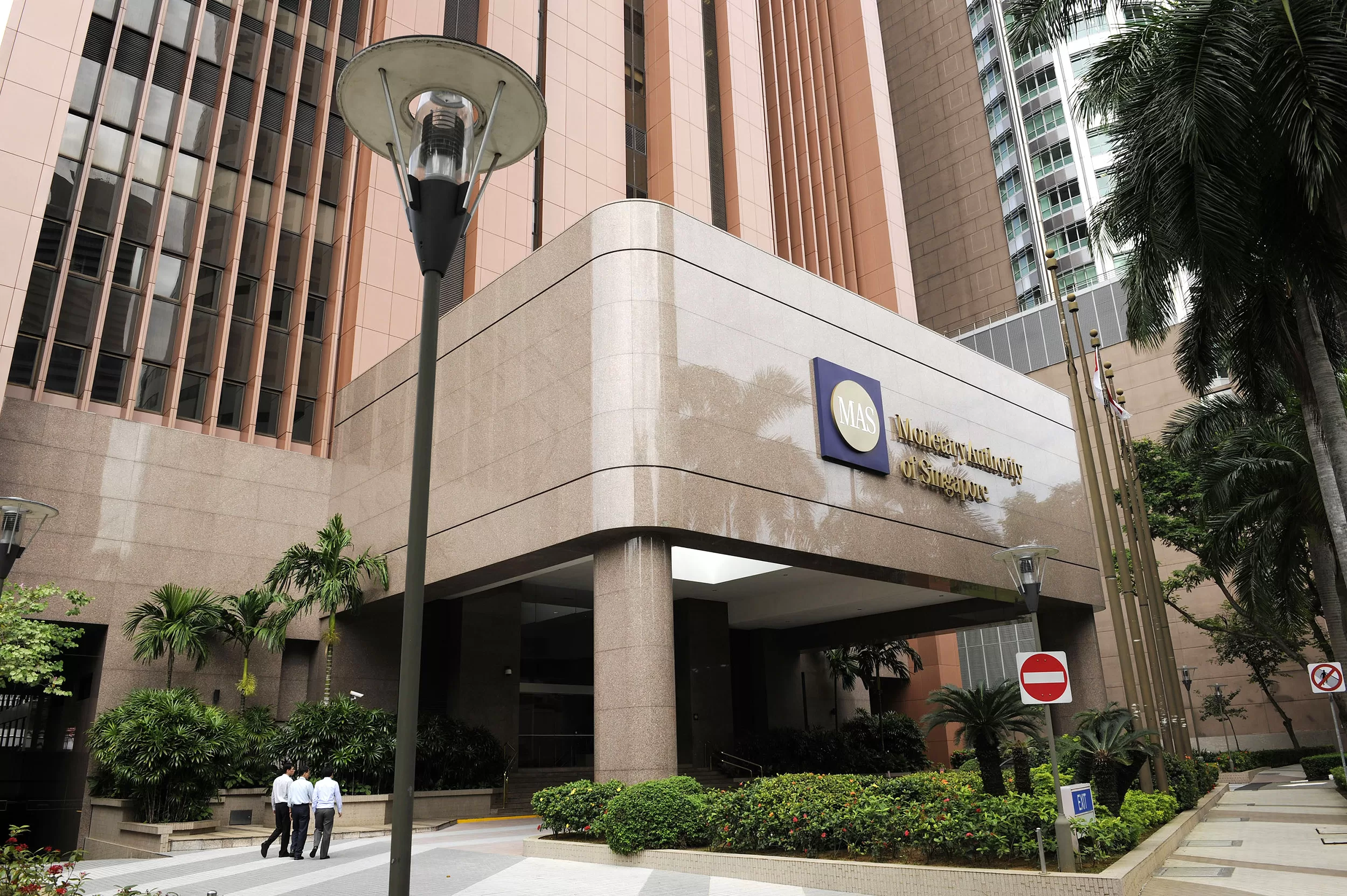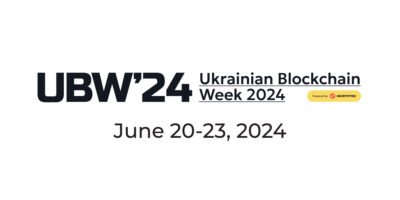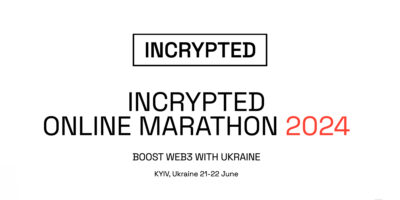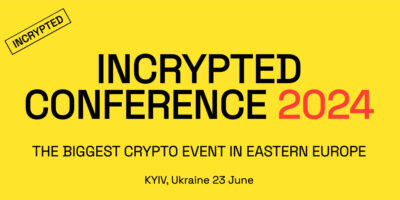In a significant move towards enhancing the stability and regulation of single-currency stablecoins, the Monetary Authority of Singapore (MAS) has introduced comprehensive guidelines, underscoring its commitment to fostering a secure digital financial landscape.

Strengthening Stablecoin Reliability
Singapore’s central bank, MAS, unveiled a groundbreaking framework on August 15, aimed at elevating the reliability of single-currency stablecoins. These digital assets, which are pegged to fiat currencies like the Singapore Dollar or those of the G10 nations, will now be subject to MAS guidelines to ensure their robustness and soundness.
Opening Pathways for Non-Bank Issuers
The guidelines set forth by MAS have far-reaching implications. For single-currency stablecoins with a circulation value exceeding S$5 million, non-bank issuers will be granted access to the regulatory framework. This signifies the central bank’s proactive approach to fostering innovation while upholding stringent oversight standards.
Navigating the Regulatory Landscape
Before these guidelines can be ratified by Parliament, MAS is poised to engage in legislative consultations, reinforcing its commitment to a transparent and consultative approach to regulatory evolution. The move showcases Singapore’s determination to align its regulatory framework with the dynamic developments within the digital finance sector.
Reserves and Audits: Pillars of Stability
MAS has defined clear prerequisites for companies seeking to issue stablecoins under its purview. These include maintaining a consistent value, possessing adequate reserves to meet redemption demands, and transparently sharing audit results with users. Resonating with the global drive towards stability, MAS is pioneering a robust approach to ensure the reliability of stablecoins.
Ensuring Adequate Reserves
To ensure the value of stablecoins remains steadfast, issuers are required to possess reserves comprising highly liquid assets equivalent in value to the entirety of their stablecoin holdings. Additionally, a substantial financial cushion is mandated. Issuers must hold either more than S$1 million or a minimum of 50% of annual operating expenditures in reserve.
Collaborative Global Efforts
Singapore’s proactive stance on regulating stablecoins mirrors international efforts. Global financial heavyweights like the International Monetary Fund (IMF) and JPMorgan Chase have played pivotal roles in shaping the standards for digital currencies in Singapore. This collaborative approach underscores the shared commitment to fostering a secure and innovative financial ecosystem.
In conclusion, MAS’s unveiling of comprehensive guidelines marks a transformative step in Singapore’s digital finance landscape. By prioritizing the reliability of single-currency stablecoins and opening pathways for non-bank issuers, the central bank showcases its dedication to regulatory robustness while embracing the opportunities of digital innovation. As the world witnesses the evolution of financial regulations, Singapore’s proactive stance serves as a beacon for other economies navigating the dynamic world of digital assets.








